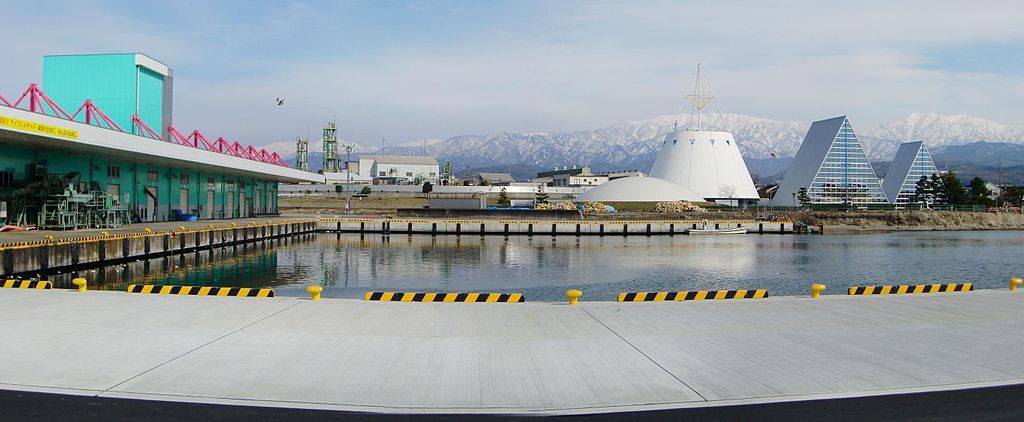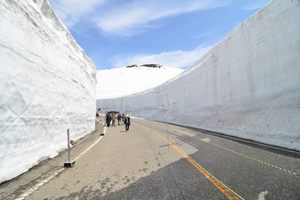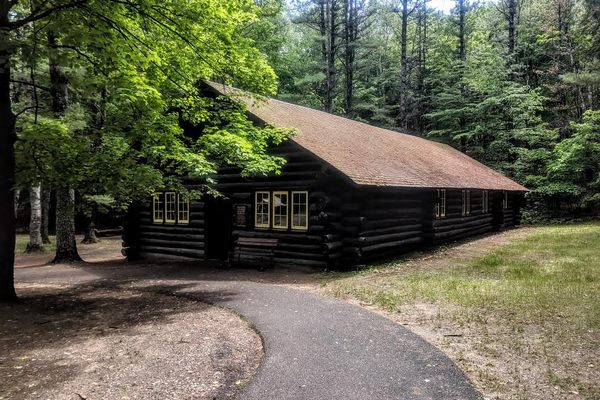About
In 1930, work began to renovate and expand the fishery harbor in the port town of Uozu. As the project progressed, a strange discovery was made: the remains of an entire forest, buried under the seabed and swallowed by the waves.
The forest, which consisted mostly of Japanese cedars, was about 500 years old when it was buried roughly 2,000 years ago. The most likely cause for the disappearance was a river flood that engulfed the forest in soil runoff. The local sea level subsequently rose, leaving stumps, root systems, and toppled trunks preserved in the submerged mud.
Today, the gnarled, twisting treasures of this unique find can be seen at the Uozu Buried Forest Museum, which was built around the original excavation site.
The buried forest is one of the three mysteries for which Uozu is known. The second is the spring appearance of firefly squid, bioluminescent creatures that fill the waters with their bluish white glow as they rise to spawn. The third is the regular occurrence of mirages over Toyama Bay, which also happens in the spring. These so-called "superior" mirages—a phenomenon often referred to as a Fata Morgana in Europe—shift the image above the point of origin, resulting in what is often described as visions of cities or ships in the sky. The atmospheric conditions needed to create this effect are rare, and thus superior mirages are far less common than familiar inferior mirages (e.g., illusory puddles on hot pavement). The Uozu Buried Forest Museum has a designated mirage lookout point, where visitors can hope to catch a glimpse of this rare phenomenon.
Related Tags
Know Before You Go
A 20-minute walk from JR Uozu Station on the JR Hokuriku Line or Toyama Chiho Railway Shin-Uozu Station. 10 minutes by car from Hokuriku Expressway Uozu I.C.
Hidden Japan: Sado Island, Nara & Kyoto
Explore a different side of Japan.
Book NowCommunity Contributors
Added By
Published
November 7, 2016
















































